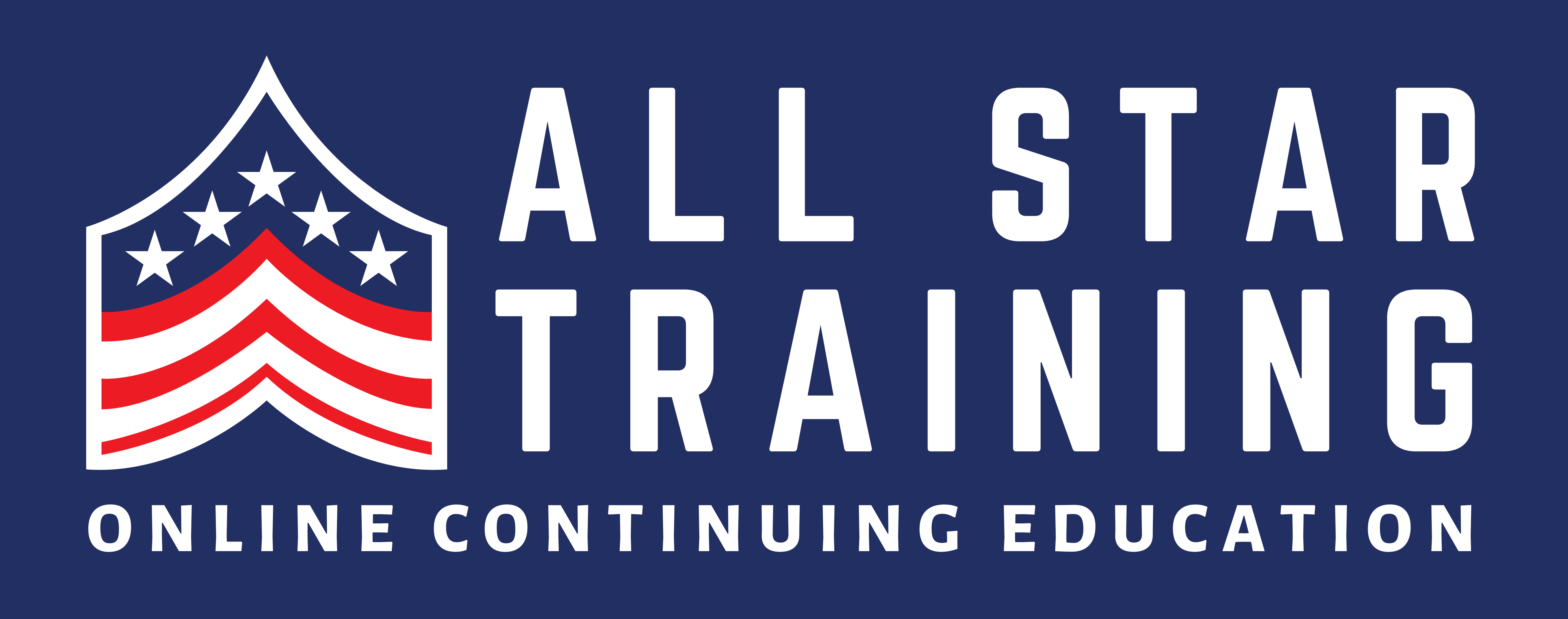Let’s take a brief look at what you can expect to learn in our Carbon Capture Utilization and Storage Course.
Underground Injection Course Content Overview
- CO2 Emissions and Utilization
- Class VI Wells
- Safeguards and Monitoring Programs
The introductory CO2 Emissions and Utilization lesson briefly describes the need to lower emissions and match the goal that governments set under the 2015 Paris Agreement on climate change. The most obvious way to reduce CO2 (carbon dioxide) emissions is to reduce the consumption of CO2-producing energy sources. One solution is carbon capture, utilization and storage (CCUS) technology. The initial step is to capture CO2 and prevent it from entering the atmosphere. Next, we can use the CO2 and / or store it underground. CO2 has value as a commodity in a number of different industries, and revenue from selling this commodity can help defray the costs of capture and transportation of the gas.
Class VI Wells highlights the new class of injection well established by the EPA to allow for specific regulatory control of geologic sequestration well operations. Some of the important geological and subsurface engineering considerations for carbon storage projects include: storage capacity, injection rate and mechanisms of storage. Establishment of the Area of Review is an important part of designing the project.
The Safeguards and Monitoring Programs lesson discusses the EPA’s primary focus on protecting underground sources of drinking water (USDW). To do this, the agency has set forth a number of minimum federal technical criteria to ensure the safety of USDWs before, during, and after a Class VI well operation. The permanence of storage and the safety of the environment and communities is an important consideration when establishing a monitoring program. Once the storage project is implemented, the Area of Review is subject to various monitoring tools and techniques to ensure permanence and safety.
The Carbon Capture Utilization and Storage Course provides you with a fundamental understanding of the rationale behind capturing carbon for utilization or storage, and the history and future of the technology involved in injecting carbon dioxide into the subsurface. A self-check at the end of each lesson provides the opportunity to refresh and cement your knowledge so that you are ready for the next lesson.
